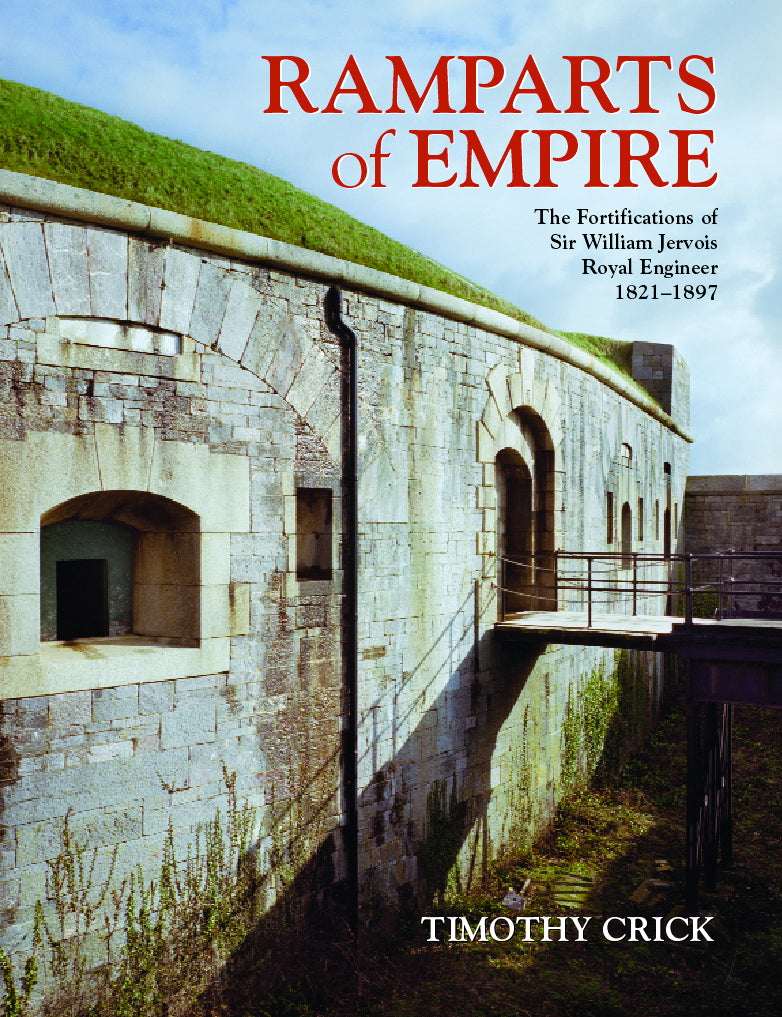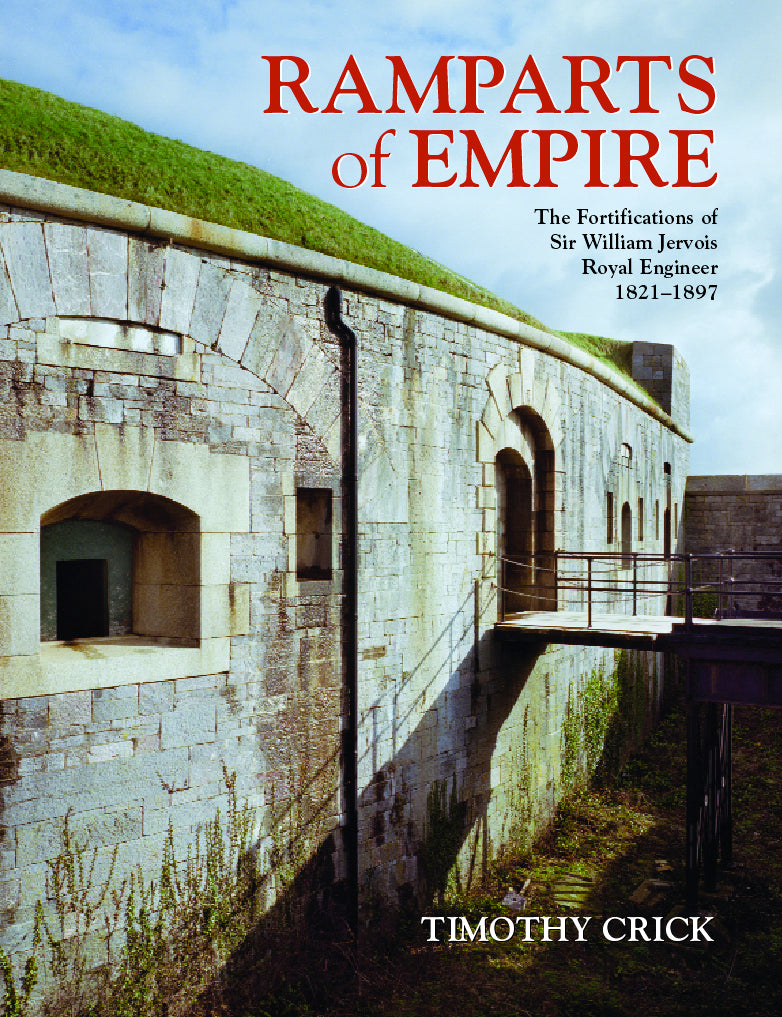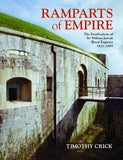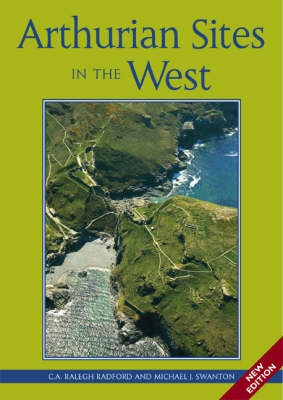The Exeter Press
Ramparts of Empire
The Fortifications of Sir William Jervois, Royal Engineer 1821 - 1897
Couldn't load pickup availability

- 322 Pages
William Jervois was a military engineer who rose to prominence as a result of Lord Palmerston’s extensive programme of fortification against a feared French invasion in the middle years of the nineteenth century. Ramparts of Empire is a detailed and engaging study of his life and works. As the first comprehensive study of this influential Victorian, the bookis an important contribution to military and engineering history as well as to the history of Imperial Britain.
The text is richly illustrated with photographs and plans of Jervois’ forts, while supporting appendices provide a mine of supplementary information. This includes a gazetteer of Jervois’ works and documentary evidence of his involvement in plans for a Channel Tunnel and a proposal for attacking the seaboard of the United States.
In 1860, Palmerston’s parliament sanctioned the construction of the largest system of fortifications that the British Isles had ever seen, or would ever see again, to defend against a feared French invasion. For William Jervois, then a young major in the Royal Engineers, his appointment as ‘design leader’ of this programme was a major step in a career in fortress construction that would see his work in Britain, the Channel Islands, Ireland, Canada, Bermuda, India, and later, Australia and New Zealand.
Timothy Crick makes extensive use of extracts from Jervois’ diaries and illustrations of his fortresses to give the reader a rounded picture of this Royal Engineer’s wide-ranging career. He also captures a real sense of the fears of invasion that prevailed in this period. Throughout the book both the political background and the technical considerations involved in constructing forts and armaments are carefully explored to flesh out the motivations in what is sometimes referred to as the ‘Golden Age’ of British fort building.
William Jervois was a military engineer who rose to prominence as a result of Lord Palmerston’s extensive programme of fortification against a feared French invasion in the middle years of the nineteenth century. Ramparts of Empire is a detailed and engaging study of his life and works.
‘The book is admirably illustrated and well designed’
‘The book is as excellent read as well as being authoritative’
John Harris, Fortress Study Group Casemate, 94 May 2012
‘Exceptionally well illustrated, reproducing numerous plans, diagrams and images, dominated by forts and other buildings, many from national collections.’
‘Essential reading for students of the Victorian Army and the Victorian Fortress.’ (Professor Andrew Lambert, British Journal for Military History Volume 1 (1), October 2014)
CONTENTS
GLOSSARY
CHRONOLOGY INTRODUCTION
CHAPTER ONE: EARLY DAYS IN AFRICA
CHAPTER TWO: APPOINTMENT IN ALDERNEY
CHAPTER THREE: THE THREAT FROM FRANCE
CHAPTER FOUR: THE 1859 ROYAL COMMISSION
CHAPTER FIVE: DEFENDING THE NAVAL BASES
CHAPTER SIX: MISSION TO CANADA AND THE UNITED STATES
CHAPTER SEVEN: THE IRONCLAD FORTS
CHAPTER EIGHT: IMPERIAL PROGRESS
CHAPFER NINE: AUSTRALIA, NEW ZEALAND AND THE THREAT FROM RUSSIA
CHAPTER TEN: COAST DEFENCE, HONOURS AND RETIREMENT
CHAPTER ELEVEN: JERVOIS IN CONTEXT
CHAPTER NOTES
APPENDIX A: Gazetteer: List of fortified works associated with Jervois
APPENDIX B: The Relative Industrial Strength of the Major Powers in the 19th Century
APPENDIX C: The 'Battle of Dorking' and its Successors
APPENDIX D: The Arming of the Coaling Stations, 1884
APPENDIX E: 'A Plan for Attacking the Seaboard of the United States'
APPENDIX F: Jervois and the Channel Tunnel (1883)
APPENDIX G: The Relative Value of the British Pound
SELECT BIBLIOGRAPHY
INDEX OF PEOPLE & PLACES














